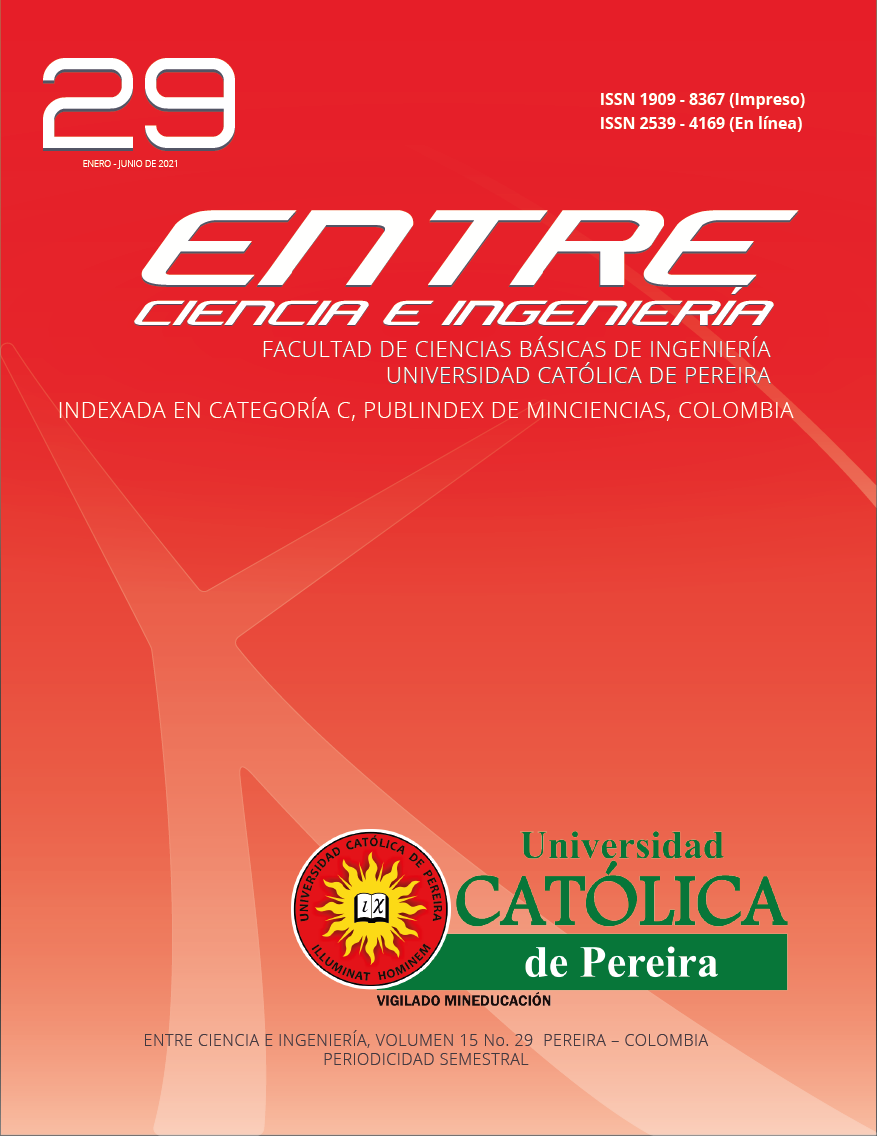Selection model for beginners to Systems Engineering using 4Q Model and based on profesional and working profile
Ninguno
DOI:
https://doi.org/10.31908/19098367.1703Keywords:
Curriculum, Systems Engineering, Professional profile, Thinking preferences, Proffesional program, Job profileAbstract
One of the difficulties that arise in university programs is the articulation between the entire training process during the training period and the achievement of the professional and employment profile of future graduates. This seems to be an insignificant detail, but the absence of this minutia has led to the need to implement validation and accreditation mechanisms that make it possible to verify that what is posed to a student from the 1st semester is what he will achieve when he finishes his curriculum and graduate. In the present study, three public and three private universities have been taken as evidence and, based on their respective professional and labor profiles, the 4Q model of thinking preferences has been applied under a methodological proposal with the aim of making a selection of applicants that, in some sense, provide a greater guarantee in the achievement of such profiles so that the efforts made by the institution are, for the most part, effective. This methodological approach is based on the premise that if the selection of candidates for a vocational training program has appropriate foundations, the process may become so effective that, to a large extent, the professional and labor profiles that have been formulated can be achieved from the perspective of the curriculum. The acceptance and effectiveness of the 4Q model in this type of process open up the possibilities that the proposed methodology will be useful for higher education institutions.
Downloads
References
O. Trejos Buriticá, Tesis Doctoral "Aprendizaje en Ingeniería: Un problema de Comunicación", Pereira: Doctorado en Ciencias de la Educación CADE UTP, 2012.
S. Phillips y K. Kisner, Accreditation on the Edge: Challenging Quality Assurance in Higher Education, Baltymore (Maryland): Johns Hopkins University Press, 2018.
M. Lumsdaine y E. Lumsdaine, Creative Solving Problem, Miami: McGraw Hill Companies, 2005.
R. Falcao, Improving learning outcomes assessment in Engineering Education, Lovaina (Bélgica): Universidad Nova de Lisboa - ENAEE Members Forum 2017, Nov 2017.
J. De Zubiría Samper, «El papel de la investigación en la consolidación de las innovaciones,» Revista Educación y Ciudad (IDEP), nº 32, pp. Págs 15-21, 15 Junio 2017.
W. Herrmann, The whole brain bussiness book, New York: McGraw Hill, 2015.
Programa Regional de Formación Ocupacional, Metodología para la elaboración del diseño curricular, San José de Costa Rica: Coordinación Educativa y Cultural Centroamericana, sep 2009.
A. d. M. Lalor, Ensuring High-Quality Curriculum: How to Design, Revise, or Adopt Curriculum Aligned to Student Success, Ciudad de México: ASCD, 2016.
A. Agrawall, The 4Q framework, New York: Independient Publishing, 2018.
S. Rosini y R. Tagliabue, El pensamiento científico, Buenos Aires : Biblos Editorial, 2010.
E. Lumsdaine y M. Lumsdaine , Creative Solving Problem, 3a Ed. ed., New York: McGraw Hill, 1994, p. 491.
F. Diaz Barriga y G. Hernandez Rojas, Estrategias docentes para un aprendizaje significativo, México: McGraw Hill, 2002.
M. C. Tumino y J. M. Bournissem , Competencias profesionales y el paradigma del conectivismo: Hacia la formación profesional, Barcelona: Editorial Académica Española, 2016.
J. E. Rivera, Cómo diseñar planes de estudio, Bogotá: Editorial Magisterio, 2010.
J. De Zubiría Samper, Las competencias argumentativas: la visión desde la educación, Bogotá: Editorial Magisterio, 2013.
W. Herrmann, «Herrmann Brain Dominante Instrument,» HBDI Inc, jun 2019. [En línea]. Available: www.hbdi.com. [Último acceso: jun 2019].
P. Benziger, «Pruebas Benziger,» Benziger Corp, Jun 2019. [En línea]. Available: www.benziger-la.com. [Último acceso: Jun 2019].






 Revista Entre Ciencia e Ingeniería
Revista Entre Ciencia e Ingeniería .png) entrecei@ucp.edu.co
entrecei@ucp.edu.co.png) ISSN (Impreso) 1909-8367 - ISSN (En Línea) 2539-4169
ISSN (Impreso) 1909-8367 - ISSN (En Línea) 2539-4169 Attribution-NonCommercial 4.0 International (CC By-NC 4.0)
Attribution-NonCommercial 4.0 International (CC By-NC 4.0)
.png) Carrera 21 No. 49-95 Av. de las Américas, Pereira, Risaralda, Colombia
Carrera 21 No. 49-95 Av. de las Américas, Pereira, Risaralda, Colombia